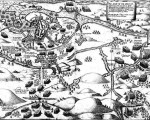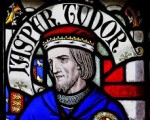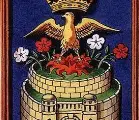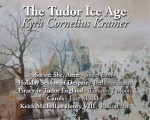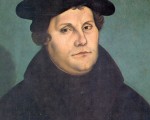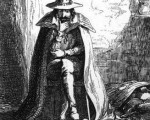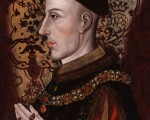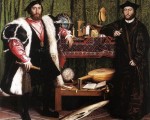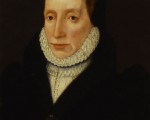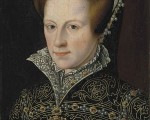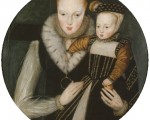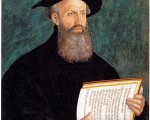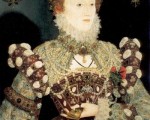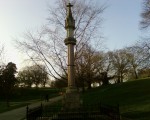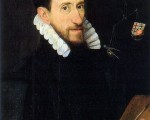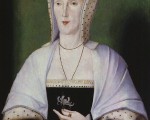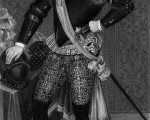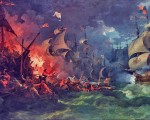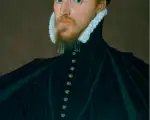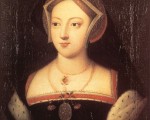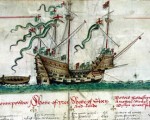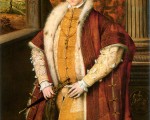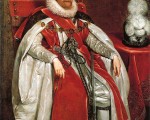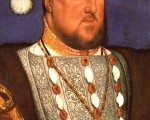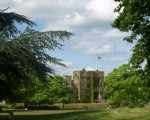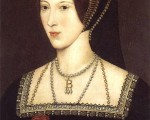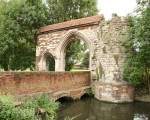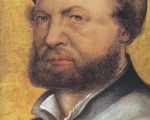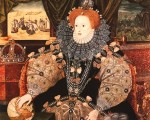
Fashion has had innumerable iterations throughout the centuries, with the Renaissance bringing about not just changes in thinking, art and education, but also clothing style. And along with new clothing styles came sumptuary laws, which created strict visual distinctions between the different classes. There were also restrictions on who could wear which fabrics.
The lower classes wore linen or wool; cotton was not allowed to be imported into England so as to protect the wool trade. The upper classes enjoyed the luxury of silk, brocade, velvet, and satin. Henry VIII passed his first sumptuary laws in 1510, shortly after ascending the throne. Given that clothing was an automatic identifier of who was what class, Henry wished to keep the status quo in place, despite the rising wealth of the merchant class. Mary I continued this trend, as did Elizabeth I. These same sumptuary laws also allowed the Tudor monarchs to collect fines and bestow special status on favorites.
[Read More...]
